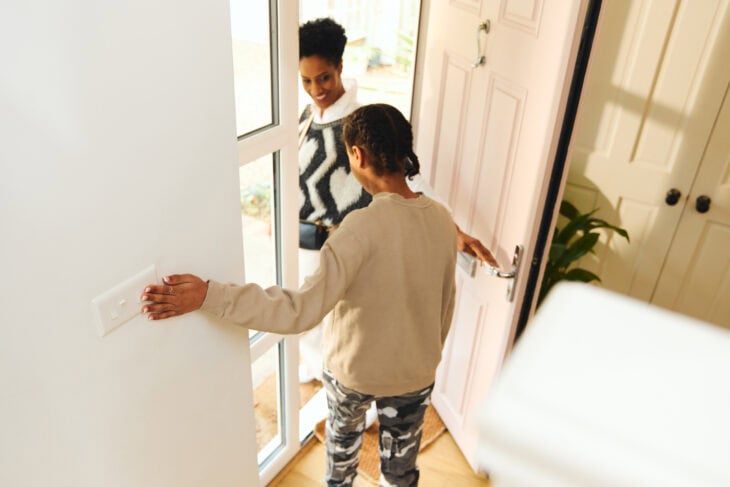Quick Fact: Renewable Energy Siting Criteria
This guide outlines the criteria that must be met for siting OPALCO renewable energy projects in San Juan County. These standards ensure that proposed sites are compatible with the utility’s operational needs, cost considerations, and regulatory requirements. OPALCO is dependent on grant funding for renewable energy projects to be cost effective. Recommendations need to be definitive parcels rather than a vague set of ideals.
- Map of Allowable ParcelsA map of parcels suitable for renewable generation should be prepared that incorporates the following siting requirements:
-
- Proximity to Substation: Sites should be located near areas where energy can be managed on the grid and that serve population centers.
- Access to Grid Infrastructure: Sites must be close to existing grid infrastructure to enable reliable and cost-effective interconnection.
- Cost Considerations: Parcels should be available at fair market value and not require extensive or costly site preparation.
- Land Use Designations: Only parcels with land use designations allowable under San Juan County planning regulations should be considered.
- Site Preparation and LogisticsWhen evaluating parcels, preparation needs should be considered:
-
- Cost of site grading, clearing, and preparation.
- Logistics for construction access and long-term operations.
- Not be sited in an environmental clean-up or damaged area.
- OPALCO needs to have grant funding potential to consider a site and also needs to have a site in mind in order to apply for grant funding.
- Permitting and Environmental RequirementsAll proposed sites must comply with permitting and environmental standards, including but not limited to:
-
- Critical Areas: Protection of wetlands, wildlife habitats, and other sensitive areas.
- Stormwater Management: Compliance with county stormwater requirements.
- Utility Fencing Standards: Meeting safety and security fencing requirements.
- Clearing and Grading: Following county codes and best practices.
- Cultural and Archaeological Protections: Ensuring sites do not impact significant cultural or archaeological resources.
- Understand Mitigation Needs: In the case that mitigation will be required, understand cost and community needs before recommending project.
- Other Environmental Impacts as defined in State Environmental Protection Act (SEPA): Ensure that air quality, floodplain regulations, light/glare, discharge of waste, runoff, invasive species, Comp Plan alignment, and preservation requirements can be met.
- Additional Siting Considerations
-
- Projects should not be located near the shoreline to avoid conflicts with shoreline management rules.
- Sites should provide favorable sun exposure or other needed criteria to maximize renewable energy generation.
- Quick Facts Local Renewable Energy



